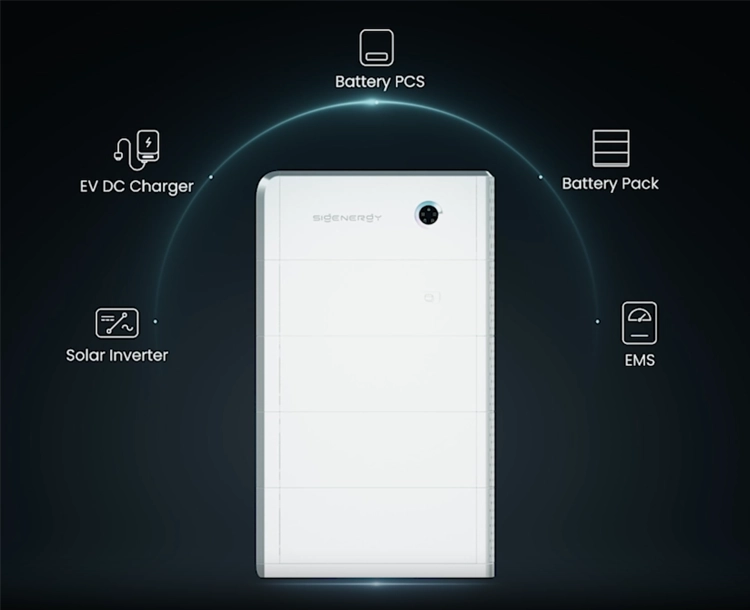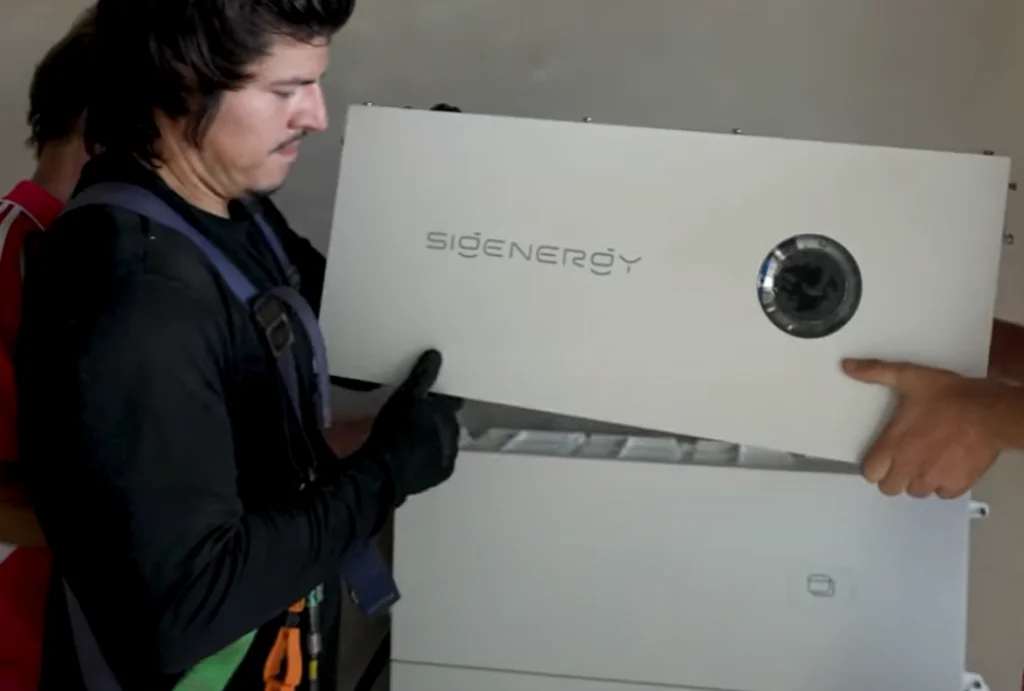How to Choose the Right Solar Battery for Your Home in Newcastle
- Logan Haggerston
Installing a solar battery storage system is one of the smartest ways to make the most of your solar power, cut down your electricity bills, and reduce dependence on the grid. But with so many options on the market, how do you know which solar battery is right for your Newcastle home?
This guide breaks down the key things to consider when selecting a solar battery that suits your energy needs and lifestyle.

Why Install a Solar Battery?
A solar battery backup system stores excess solar energy generated during the day, allowing you to use it when the sun isn’t shining—at night, during peak tariff times, or when there’s a power outage. Here’s why more Newcastle homeowners are adding battery storage to their solar systems:
- Lower power bills – Use your stored energy instead of paying for peak-time grid electricity.
- Blackout protection – Keep your fridge, lights, internet, and key appliances running during outages.
- Avoid peak pricing – Beat rising electricity costs by tapping into your solar battery when rates spike.
- Make better use of your solar – Rather than exporting your excess energy for a low return, store and use it yourself.

What to Consider When Choosing a Solar Battery
Not all solar battery systems are the same. Here are the key factors to weigh up before making your decision:
1. Battery Capacity & Usable Storage
Battery size is measured in kilowatt-hours (kWh) and directly affects how much energy you can store and use.
- 5–10 kWh – Great for smaller households with modest energy use.
- 10–15+ kWh – Ideal for families or anyone wanting greater energy flexibility and backup coverage
2. Battery Lifespan & Warranty
You want a battery that lasts. Most quality solar batteries are built to run efficiently for 10 to 15 years. Look for systems with warranties that cover either a set number of years or a guaranteed number of charging cycles. Leading options include Tesla Powerwall 3, Sigenergy, and Enphase IQ Battery.
3. Battery Efficiency
Round-trip efficiency shows how much-stored energy you can actually use. The higher the percentage, the less energy is lost in the charging and discharging process. Aim for a system with 90% or higher efficiency for the best returns.
4. Blackout Protection
If your goal is to keep your home running during outages, make sure your battery includes blackout protection. Not all do. Models like the Tesla Powerwall and Enphase IQ Battery offer seamless switchover during blackouts—keeping your essentials powered without interruption.
5. Compatibility with Your Solar System
Your battery needs to work well with your existing solar panels and inverter. For example, Enphase batteries are designed to pair with Enphase microinverters, while the Tesla Powerwall and FranklinWH are compatible with a wide range of systems. The team at HCB Solar can ensure your setup is fully integrated.
6. Smart Monitoring & Energy Management
Modern solar battery systems often come with intuitive apps and monitoring tools that let you track your energy production, usage, and storage in real-time. With systems like the Enphase Enlighten App or Tesla app, you can see exactly how much solar you’re generating, how much energy you’re storing, and when you’re drawing from the battery or grid. This visibility helps you make smarter energy choices and get the most value from your system.
Find the Best Solar Battery for Your Newcastle Home
The right solar battery depends on your household’s energy habits, goals, and budget. Whether you’re looking to reduce energy bills, stay protected during blackouts, or explore VPP incentives, HCB Solar can help you find a solution that works.
Need help choosing the right solar battery? Our local Newcastle team will assess your energy usage and recommend a tailored storage system that delivers long-term value and reliable blackout protection.
Contact HCB Solar today to book your solar battery consultation and get blackout-ready.
Key Takeaways
- Adding a solar battery to your home in Newcastle helps reduce electricity bills and makes better use of your solar power—even after sunset.
- Not all batteries offer blackout protection—choosing the right one ensures your home stays powered during outages.
- Battery size, lifespan, efficiency, and compatibility with your existing solar system are all key factors to consider.
- Smart monitoring apps give you full control over your energy usage and help you maximise system performance.





